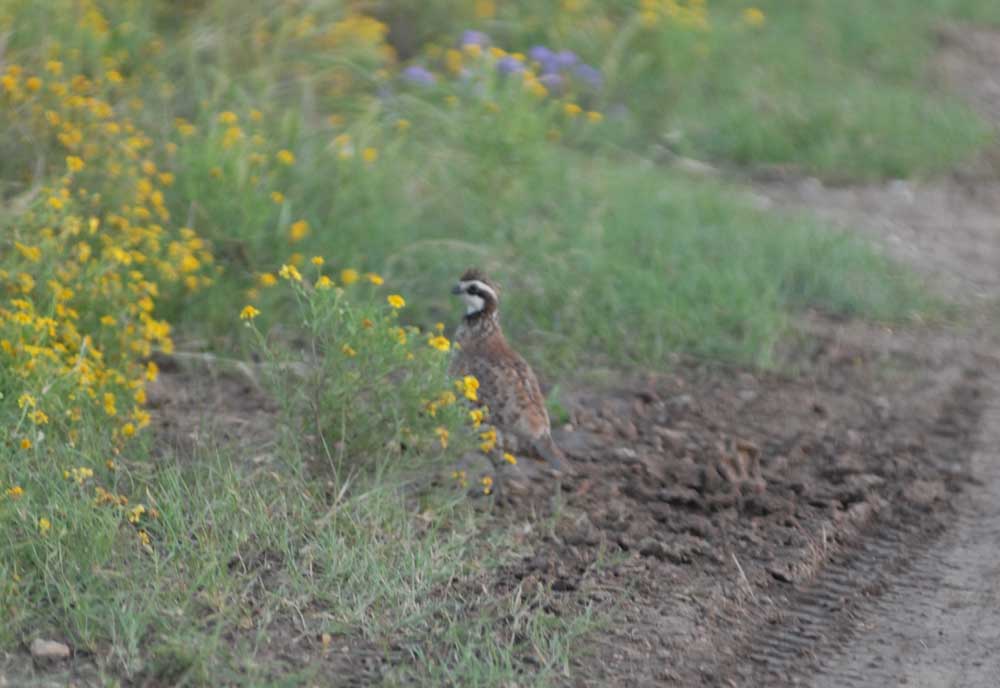Stinging Question: Fire Ants A Problem, But Maybe Not As Big As Perceived
Published 4:00 pm Saturday, July 3, 2021

- Red imported fire ants have been in the U.S. since the 1930s and Texas since the 1950s. Research shows they are a problem, but not what has led to the decline of bobwhite quail in the state.
The poor red imported fire ant. It may be the only thing that gets more bad publicity than the wild pig, and certainly more blame.
The truth is they really are not good for anything in the United States, and while they may be to blame for some localized declines in more useful insects, they probably are not having the impact on wildlife some like to assign them.
Trending
Just this year I have been in two conversations where fire ants were blamed in the decline of ground nesting birds, most notably quail and turkeys in Texas.
Just using historical data on fire ants, that rationale does not make sense. Fire ants were first discovered in the U.S. around the 1930s. The first mound in Texas was found in 1950. Quail numbers did not start to decline until much later, and it was even more recent that turkey numbers, most notably in the Southeast, started to drop.
A lot has happened since fire ants found their way here from South America in the way of farming, ranching, timber management, urbanization and climate change, none of which has been to the betterment of quail.
Ironically, I recently came upon a Dr. Dale on Quail podcast from the Rolling Plains Quail Research Foundation where Dale Robbins interviewed Texas Tech University’s Dr. Brad Dabbert on quail/fire ant research. Dabbert is the lead scientist with Tech’s Quail Tech Alliance and the Burnett Foundation Endowed Professor of Quail Ecology.
In the late 1990s, one of Dabbert’s grad students conducted research on fire ant impact on quail near Refugio, an area with some of the worst fire ant infestation in the state. While fire ants can be found statewide, they are more common south of a line from Texarkana west to Del Rio where they find the abundant moisture and warm temperatures they need to survive.
The research looked primarily at the ants’ impact on nesting success, and only slightly at poult survival since working with poults is extremely challenging.
Trending
“When you think about fire ants, when you see some of the pictures of thousands of fire ants in a small area, it is easy to conclude they can have a huge impact, but in science we have to actually measure that because a lot of things that appear so aren’t really so. There are a lot of other factors that play a large role,” Dabbert said.
Dabbert said the time in which quail are most vulnerable is during pipping, the time they break out of the egg. They use an egg tooth located on their beak to break the egg, and as they do fluid leaks out of the egg and can attract fire ants.
However, that does not mean fire ants will wipe out an entire nesting season. The impact is determined by how much ant activity there is in an area.
To determine the impact, the research team would place a small slice of bait in a small condiment cup a day after chicks hatched, and then wait 30 minutes. If they counted more than 300 ants in the cup, then typically the clutch was lost. Less than 300 and the survival rate mirrored the hatch around the ranch.
There are two types of red imported fire ants — multi-queen colonies that are the most common in South Texas, and single queen colonies. Multi-queen colonies are like the name suggests and result in multiple mounds working cooperatively. When present, there are usually more multi-queen colonies in an area than single queen colonies.
The area where the study was conducted had the more numerous multi-queen colonies. The conundrum was that despite having a lot of fire ants, the ranch also had a lot of quail, which says the ants were not killing all the birds.
As part of the research, the team also put out ant bait around some nests. Where they did, they seemed to have a higher hatch rate than nests not treated, but that was not always the case. The problem with bait is that it is expensive and must be spread annually.
In similar nesting studies in the southeastern U.S. where single queen mounds are more common, researchers reported about 5 percent loss of nest sites, slightly higher in some years.
Possibly a bigger concern than fire ants’ impact on nesting is their impact on other insects that are important to chick survival in their early days.
Asked if fire ants are a major cause in the reduction of quail in Texas, Dabbert said, “I am going to say not guilty. They would be far down the list of things to be concerned about, especially from the standpoint there is not much we can do about it anyway.”
He added landowners and hunters would do better putting their money and time toward habitat management, predator reduction and supplemental feed at certain times of the year.







